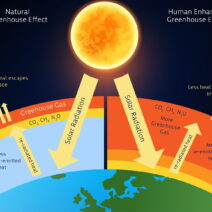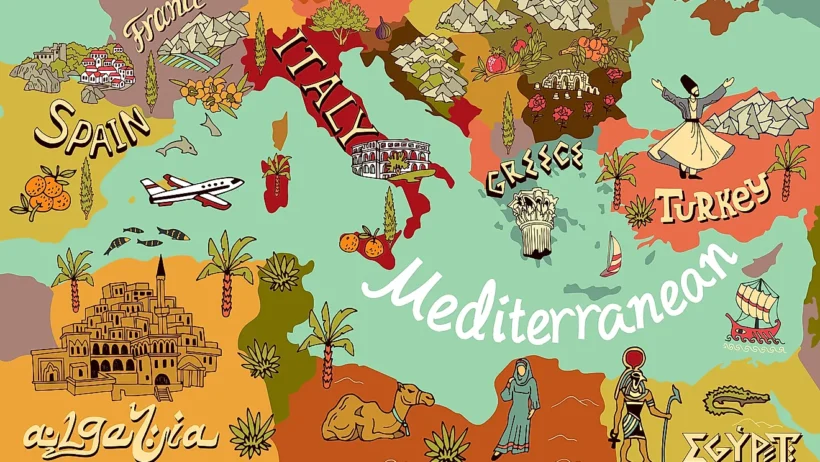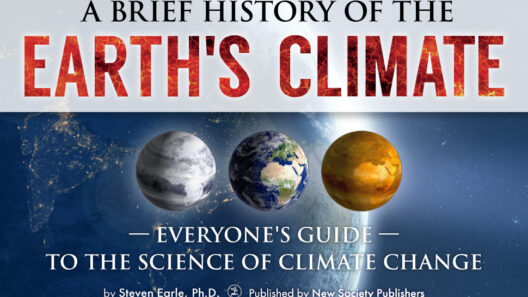The Mediterranean climate is a unique confluence of geography and meteorology, characterized by dry summers and mild, wet winters. This climatic paradigm does not merely shape the physical landscape but also profoundly influences the cultural and culinary tapestry of the region. To understand how this climatic condition has sculpted ancient cultures and cuisines, one must embark on a journey from the sun-drenched coasts to the fertile interiors, where food production, rituals, and daily life intertwine.
The Mediterranean Basin, with its sprawling sea, craggy mountains, and temperate valleys, has served as a melting pot of civilizations for millennia. Its climate creates a hospitable environment for a variety of flora and fauna, leading to the proliferation of diverse agricultural practices. Olive trees, grapevines, and citrus plants thrive under the warm sun, becoming staples in the local diets. These staple crops are not mere sustenance; they are also emblematic of cultural identity, history, and tradition. Much like a painter’s palette, the Mediterranean landscape offers a spectrum of colors and flavors that have shaped the culinary narratives of the region.
From the ancient Greeks to the Romans, the Mediterranean climate has been akin to a nurturing mother, bestowing its bounty upon those who inhabit its shores. In Greece, the reliance on olive oil, for instance, transcends basic nutrition. Olive oil, often referred to as “liquid gold,” is woven into the very fabric of Greek identity. It symbolizes prosperity, wisdom, and peace—themes that resonate throughout Greek mythology and philosophy. Ancient Greeks utilized it in religious rituals, anointed athletes in the Olympic games, and indeed, it continues to be central to contemporary Mediterranean cuisine.
The Romans, inheritors of Greek traditions, expanded upon this foundation. With their conquests, they disseminated agricultural knowledge, introducing new practices in viticulture and horticulture across Europe and North Africa. The Mediterranean climate permitted the cultivation of grapes for winemaking, which was not merely an economic activity but also a social ritual, a cornerstone of Roman conviviality. Banquets featuring lavish spreads of local produce paired with local wines reflect how climate mediates not just consumption but communal interaction.
Moreover, the climate’s hospitable nature encouraged trade across vast maritime routes. This connectivity facilitated not only the exchange of goods but also the intermingling of cultures, fostering an unparalleled culinary diversity. Spices from the East, grains from North Africa, and fruits from local groves found their way onto tables, creating a complexity of flavors that is still celebrated today. The salad, a quintessential example, is a dish that embodies this kaleidoscopic interaction, combining various influences through its simple yet transformational amalgamation of ingredients—a celebration of both nature and human ingenuity.
Apart from the elements of trade and agriculture, the Mediterranean climate has also played an instrumental role in shaping the culinary practices surrounding food preservation. The long, sultry summers necessitated creative methods of food storage to endure the dry months. Curing, drying, and pickling emerged as techniques that have an enduring legacy. The legacy of salted fish and dried fruits not only speaks to the necessity born of the climate but also to the resourcefulness of ancient peoples. Such practices allowed civilizations to thrive, turning seasonal abundance into year-round sustenance, fostering a culture of resilience.
Moreover, the Mediterranean diet is often deemed a paradigm of healthy eating, an archetype that arose organically from the climatic and geographical conditions of the region. What is striking is how cuisines developed around the inherent availability of ingredients. Legumes, grains, vegetables, and fruits were combined into dishes that were not only nutritious but also steeped in tradition and community. The act of gathering around a table, sharing food infused with a sense of place and purpose, creates a narrative that transcends individual appetites and speaks to the collective identity shaped by the Mediterranean climate.
The interplay between climate and culture is perhaps best illustrated through the narrative of festivals and feasts that punctuate the Mediterranean calendar. Harvest festivals, intrinsically tied to the agricultural cycles dictated by the climate, are events of communal joy. During these occasions, local produce takes center stage, celebrated in communal meals where the essence of the land is both honored and relished. These celebrations evoke a sense of belonging and continuity, as generations come together, sharing not just food, but traditions, wisdom, and an acknowledgement of their shared environment.
In conclusion, the Mediterranean climate is far more than an environmental descriptor; it is a catalyst for cultural evolution and culinary magnificence. It has shaped the rhythms of life for ancient peoples and continues to do so today. The symbiotic relationship between climate and culture, encapsulated in the rich tapestry of Mediterranean cuisine, illustrates the enduring legacy of the land and its ability to foster community and tradition. The values, practices, and flavors born from this climate are not merely remnants of the ancient world; they are living testaments to the ingenuity of human adaptation and proclivity for connection.








